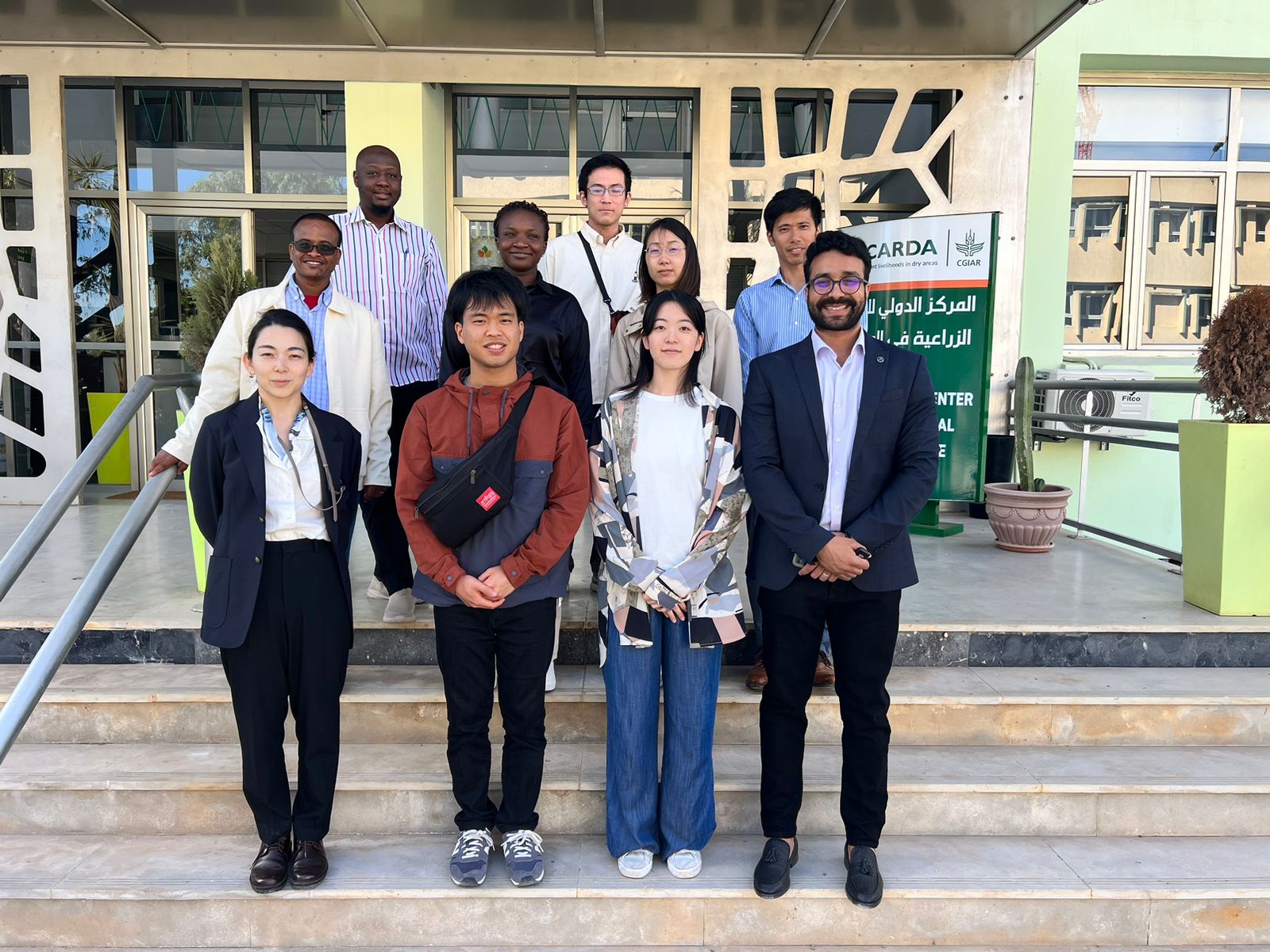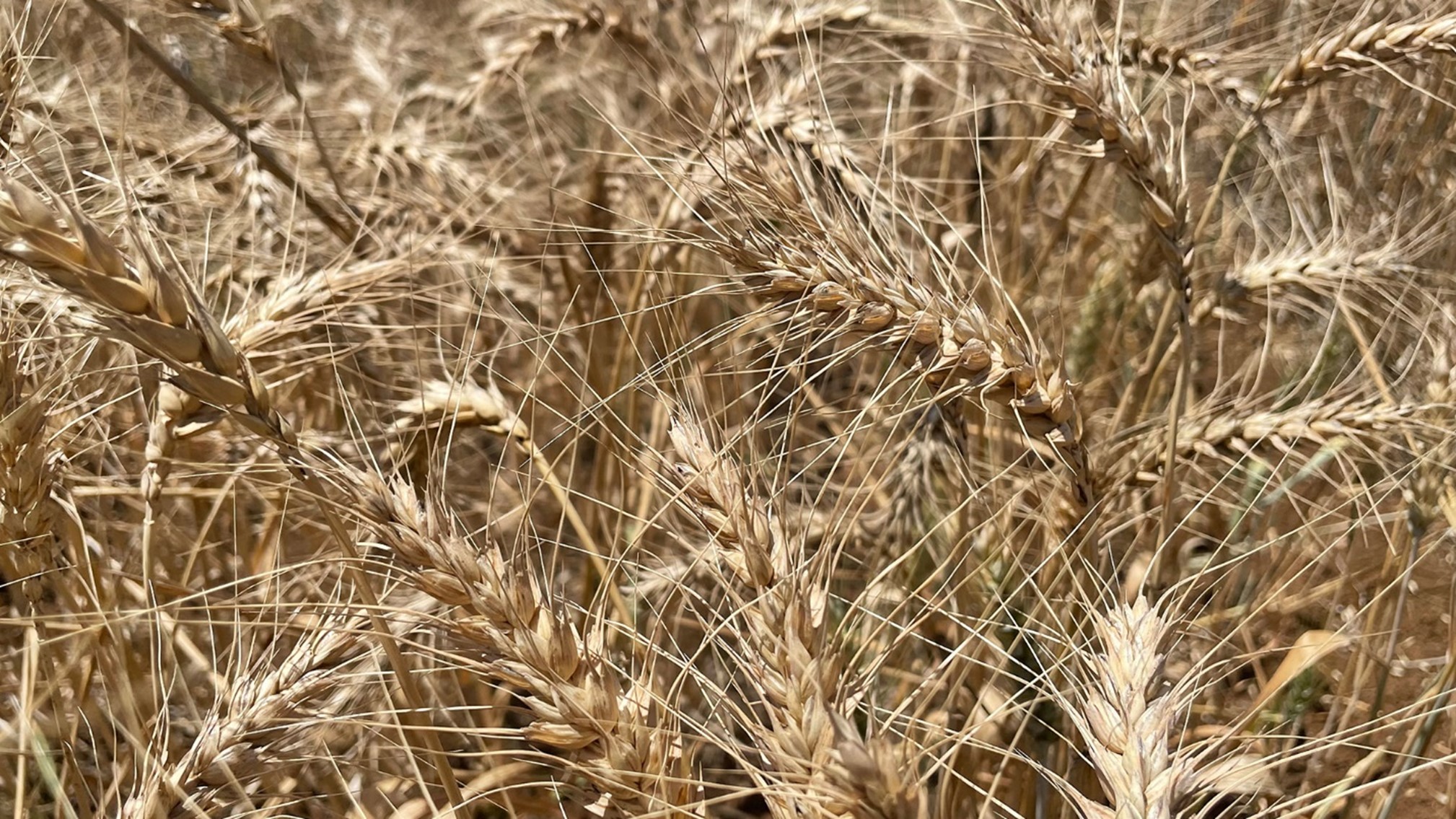Transformative Innovation for Dryland Agriculture
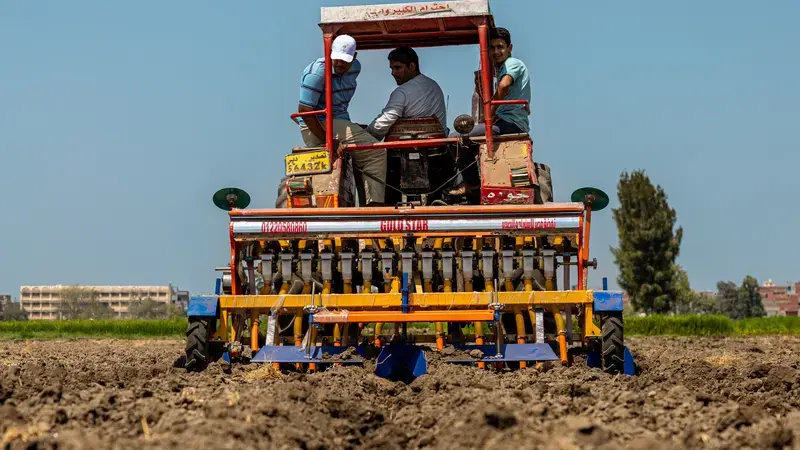
ICARDA’s new lightweight version of its Raised Bed Machine (RBM) is revolutionizing smallholder farming by making groundbreaking technology and agri-approaches more accessible and efficient.
The raised-bed machine, first released in 2019, was designed by ICARDA scientists and manufactured locally. It efficiently creates furrows for even water distribution and sows crop seeds between these furrows to maximize sunlight exposure. The RBM method allows farmers to conserve water compared to traditional flood irrigation, which can lead to waterlogging as pumps are typically left running until the entire field is saturated.
ICARDA's RBM revolutionizes conventional farming approaches through:
Water and Cost Efficiency: the machines save irrigation water, decrease pumping costs, and reduce seed rates.
Enhanced Productivity: they improve fertilizer use efficiency and increase crop yields, leading to lower overall farming costs.
Land Protection: raised seedbeds allow excess water to safely run off, preventing waterlogging and land degradation.
However, the size of the original RBM model has excluded farmers with fewer funds or smaller powered equipment. So, responding to farmer needs, ICARDA has now released a new, lightweight version.
Efficient, affordable, sustainable farming
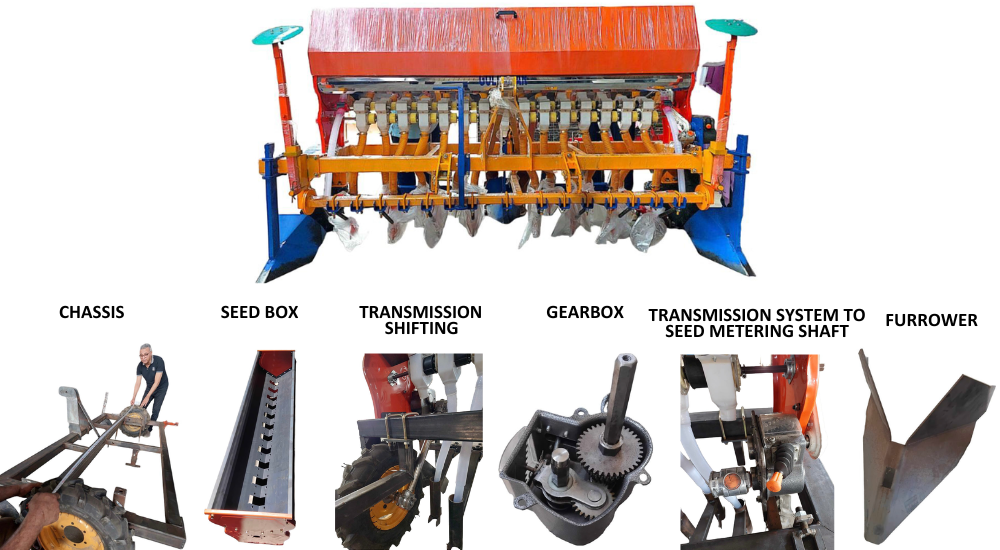
The lightweight RBM now weighs just 375 kilograms, making it towable by standard 25-50 horsepower tractors, unlike the previous 1.1-ton version that required a larger, more expensive 90-horsepower tractor. This makes the new RBM significantly more accessible to smallholder farmers, especially in Egypt, where large tractors are rare. The new RBM can enhance the cultivation of various crops, including rice, wheat, barley, flax, and berseem, while also reducing water consumption.
Implementation and Impact
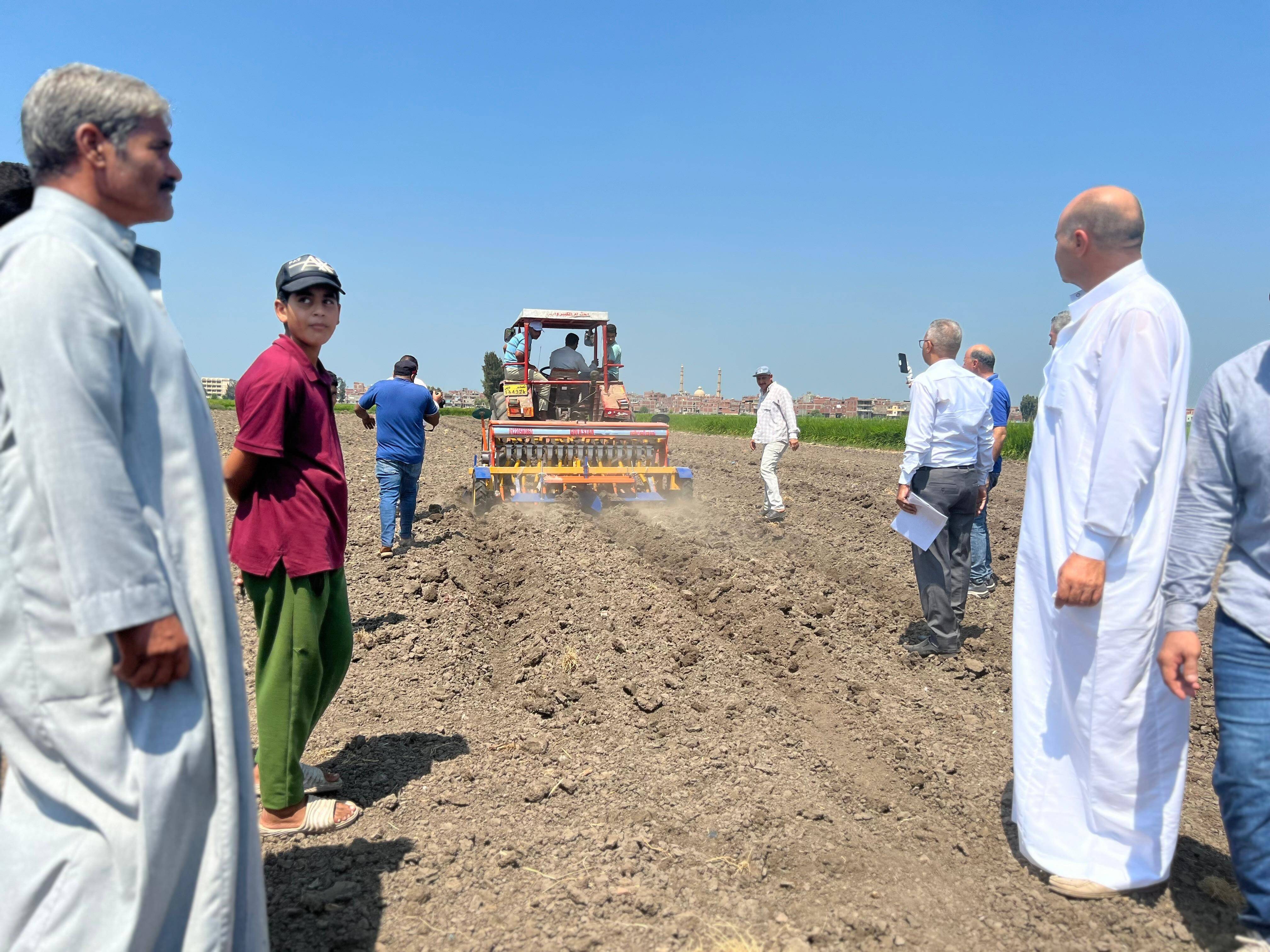
Under the project "Enhancing Productivity in Agriculture," funded by the Japanese Government, ICARDA and FAO took on board farmer needs and collaborated to develop a prototype of a lightweight RBM aimed at enhancing scalability and accessibility for low-income farmers. With the support of the Japanese Government, ICARDA and FAO have supported a local manufacturer in Egypt financially and technically to fabricate the prototype RBM.
Currently, ICARDA is deploying five lightweight RBMs across 50 feddans (approximately 20 hectares) in the Kafr El-Sheikh, Minya, and Qena governorates in Egypt. In addition to providing new technologies, ICARDA also conducts training sessions for operators and technicians on the proper operation and maintenance of these RBMs, ensuring sustainable adoption and effective utilization of the technology.
Truly Transformational
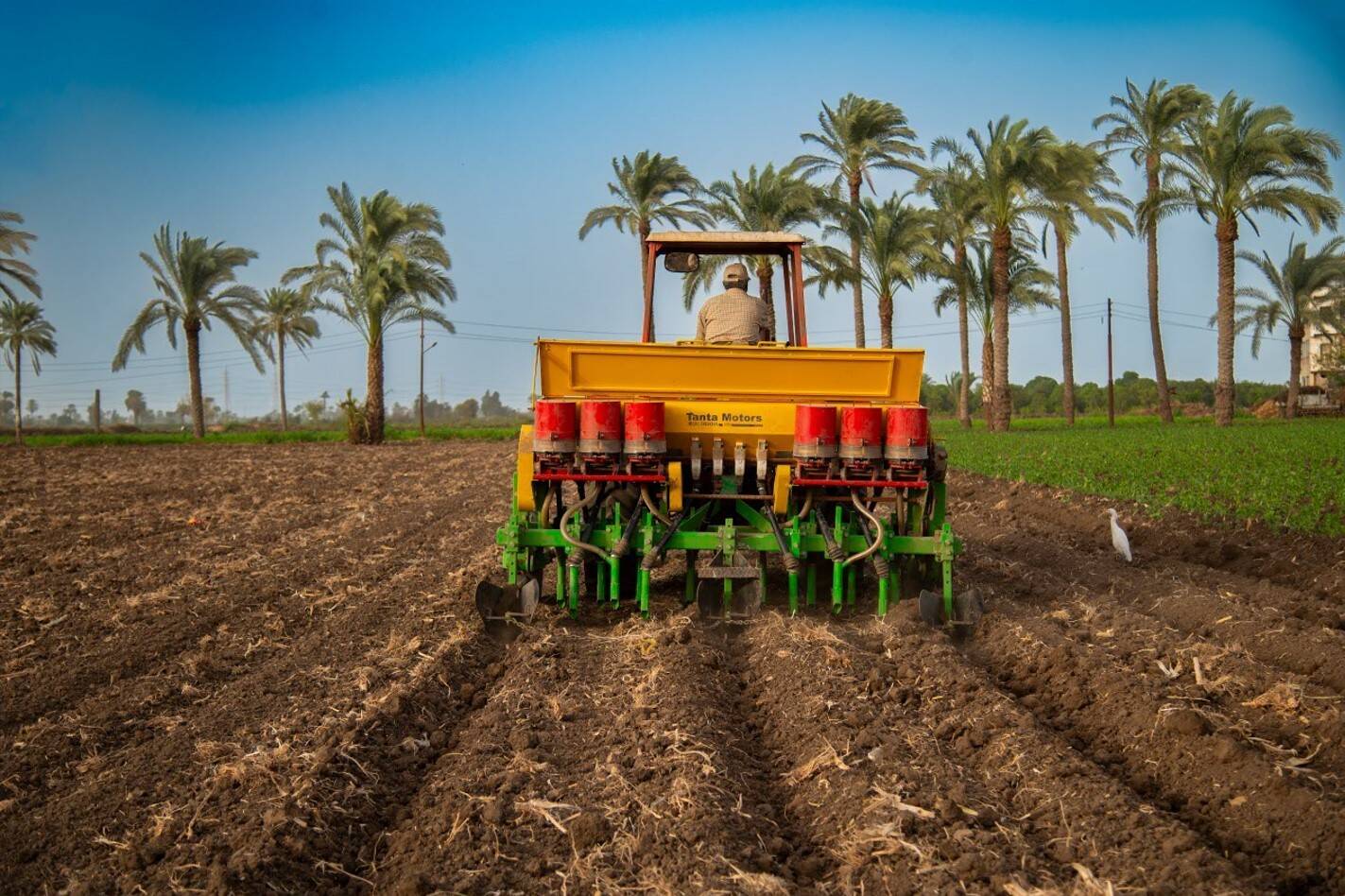
The lightweight RBM's introduction builds on the success of ICARDA's earlier model, which has been widely disseminated and adopted. In Egypt, ICARDA's RBMs were introduced to 1,200 fields in Fayoum and Minya governorates in 2019 and 2020. Subsequently, they were deployed to 420 sites across Kafr El Sheikh, Dakahlia, Sharkia, Beni Sweif, Minya, and Assuit governorates between 2021 and 2022.
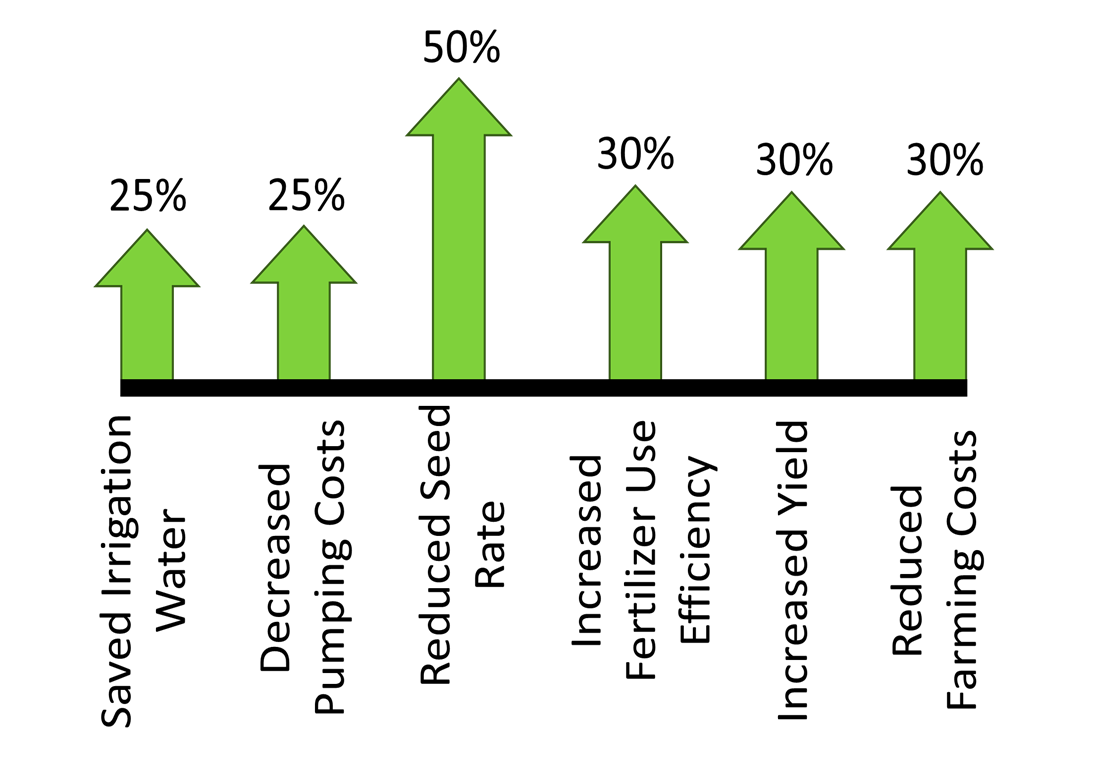
Farmers saved 25% on irrigation water and reduced pumping costs by the same margin, while cutting seed rates by 50%. Fertilizer use became 30% more efficient, leading to a 30% increase in crop yields. Overall, these changes resulted in a 30% reduction in farming costs, demonstrating a substantial boost in both productivity and sustainability.
The success of the RBM highlights ICARDA’s ability to drive transformative agricultural change with the support of dedicated partners and the valuable contributions of local farmers. This initiative underscores the potential for significant progress when financial and technical resources are allocated effectively. However, as climate change accelerates and challenges grow, there is an urgent need for continued and increased support.
We thank the Japanese Government for its pivotal role and encourage further investment to sustain and expand these impactful innovations.


